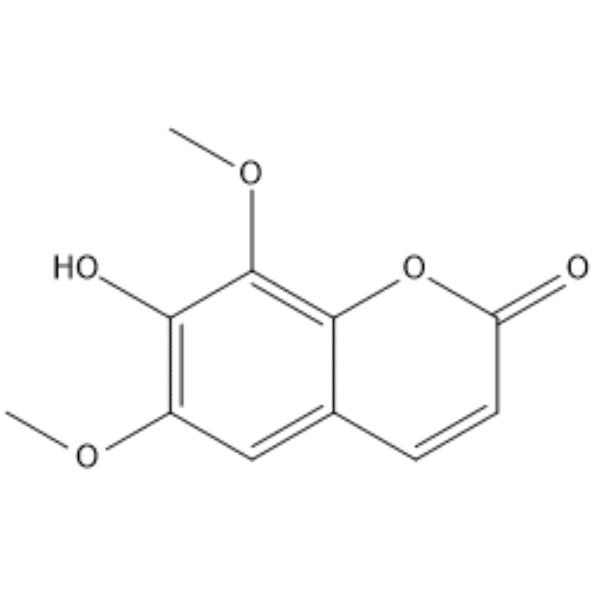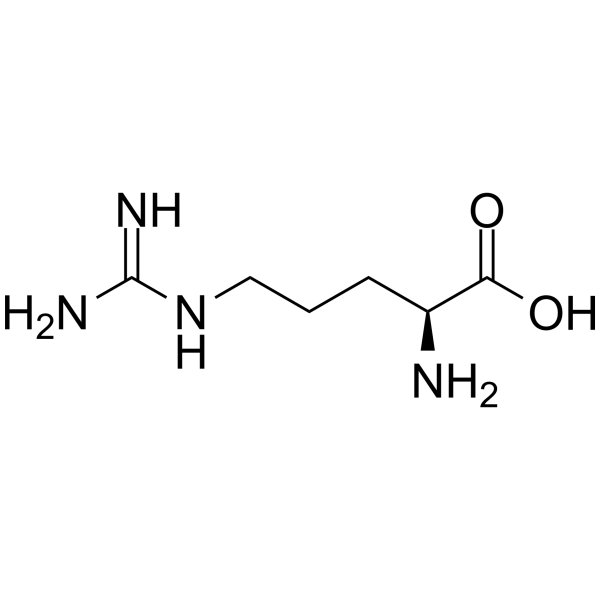|
BP14942
|
(-)-Praeruptorin A
|
|
|
|
|
(-)-Praeruptorin A has anti-inflammatory, anti-contractile and anti-hyperplasia activities, it exerts distinct relaxant effects on isolated rat aorta rings dependent on endothelium and nitric oxide synthesis;it also can significantly suppress airway inflammation and airway remodeling induced by ovalbumin challenge, and is a potential candidate for the treatment of asthma. (-)-Praeruptorin A resensitizes Pgp-mediated MDR (Pgp-MDR) cancer cells to cancer drugs.
|
|
BP14943
|
1-Hydroxypinoresinol 1-O-glucoside
|
|
|
|
|
(+)-1-Hydroxypinoresinol 1-O-beta-D-glucoside exhibits peroxynitrite, total ROS and DPPH radical scavenging activities with IC50 values of 3.23 +/- 0.04, 2.26 +/- 0.07 and 32.3 +/- 0.13 microM, respectively.
|
|
BP14944
|
(+)-Catechin Hydrate
|
|
|
|
|
(+)-Catechin Hydrate is an antioxidant flavonoid of plant origin; a free radical scavenger, preventing free radical-mediated damage in a variety of biological systems.
|
|
BP14945
|
(+)-Usnic acid
|
|
|
|
|
(+)-Usniacin is a naturally occurring dibenzofuran derivative found in several lichen species.
|
|
BP14946
|
3,9-Dihydroeucomin
|
|
|
|
|
(+/-)-3,9-Dihydroeucomin has immunomodulatory effects, it shows inhibitory effects on PBMC proliferation activated by PHA with the IC(50) value of 19.4 microM.
|
|
BP14947
|
(±)-Catechin
|
|
|
|
|
(±)-Catechin hydrate is a natural product,has antioxidant activity and is effective in reducing oxidative stress.
|
|
BP14948
|
N-Benzoyl-(2R,3S)-3-phenylisoserine
|
|
|
|
|
(2R, 3S)-N-Benzoyl-3-phenylisoserine is an intermediate in the preparation of potent anticancer drug Paclitaxel used to study the location of the binding sites. It shows cytotoxic, antiviral and immunomodulatory activity.
|
|
BP14949
|
Germacrone 4,5-epoxide
|
|
|
|
|
(4S,5S)-(+)-Germacrone-4,5-epoxide inhibits certain subtypes of cytochrome P450 (CYP).
|
|
BP14950
|
(R)-Reticuline
|
|
|
|
|
(R)-Reticuline is the biosynthetic precursor of the morphinan alkaloids.
|
|
BP14951
|
(S)-(+)-Ibuprofen D3
|
|
|
|
|
(S)-(+)-Ibuprofen D3 is a deuterium labeled (S)-(+)-Ibuprofen. (S)-(+)-Ibuprofen is the S(+)-enantiomer of Ibuprofen,it is an inhibitor of COX-1 and COX-2 activity (IC50s of 2.1 μM and 1.6 μM).
|
|
BP14952
|
(Z)-SU4312
|
|
|
|
|
(Z)-SU4312 is a inhibitor of MAO-B and NOS(IC50 value of 0.2 μM, 19.0μM,respectively).
|
|
BP14953
|
1,3,6-Tri-O-galloyl-beta-D-glucose
|
|
|
|
|
1,3,6-Tri-O-galloyl-beta-D-glucose is a phenolic compound in Black Walnut Kernels. It shows anti-inflammatory activity.
|
|
BP14954
|
1,5,6-Trihydroxy-3-methoxyxanthone
|
|
|
|
|
1,5,6-Trihydroxy-3-methoxyxanthone exhibits scavenging activity at 10 uM, it can reduce the viability of HL-60 cells significantly with IC50 values of 28.9 uM.
|
|
BP14955
|
trans-Cinnamaldehyde
|
|
|
|
|
Cinnamic aldehyde exhibits excellent anti-inflammatory activities and antidepressant-like effects in stressed mid-aged rats as a COX-2 inhibitor. Cinnamic aldehyde induces apoptosis of CML cells in vitro, down-regulation of the expression and function of BCR-ABL may be one of its most important anti-leukemia mechanisms. Cinnamic aldehyde and cinnamic acid are cardioprotective in a rat model of ischemic myocardial injury, the mechanism is related to anti-oxidative and anti-inflammatory properties.
|
|
BP14956
|
Apigenin 7-glucoside
|
|
|
|
|
Cosmosiin is a anti-HIV agent. Cosmosiin may be beneficial for diabetic complications through their enhanced adiponectin secretion, tyrosine phosphorylation of insulin receptor-β and GLUT4 translocation.
|
|
BP14957
|
Dehydrodiisoeugenol
|
|
|
|
|
Dehydrodiisoeugenol has anti-inflammatory activity. (1). Dehydrodiisoeugenol inhibited the expression of the COX-2 in RAW264.7 murine macrophages stimulated with LPS. (2). Dehydrodiisoeugenol inhibited LPS-stimulated phosphorylation-dependent proteolysis of inhibitor κB-α and transcriptional activity of NF-κB in the cells.
|
|
BP14958
|
Epigoitrin
|
|
|
|
|
Epigoitrin has anti-virus activity. Epigoitrin has anti-oxidant activity. 3. Epigoitrin has anti-inflammation activity.
|
|
BP14959
|
(E)-Ethyl p-methoxycinnamate
|
|
|
|
|
Ethyl 4-methoxycinnamate is an anticarcinogenic agent. Ethyl 4-methoxycinnamate is a glutathion S tranferase inhibitor.
|
|
BP14960
|
Isofraxidin
|
|
|
|
|
Isofraxidin protects leukemia cells from radiation-induced apoptosis via ROS/mitochondria pathway in a p53-independent manner. Isofraxidin has a protective effect against LPS-induced ALI, and the protective effect of Isofraxidin seems to result from the inhibition of COX-2 protein expression in the lung, which regulates the production of PGE2. Isofraxidin possesses significant analgesic and anti-inflammatory activities that may be mediated through the regulation of pro-inflammatory cytokines, TNF-α and the phosphorylation of p38 and ERK1/2.
|
|
BP14961
|
L-Arginine
|
|
|
|
|
L-Arginine exhibits anti-atherosclerotic effect. L-Arginine and soy enriched diet are effective in prevention of osteoporosis associated with diabetes mellitus. Exogenous L-Arginine could enhance neonate lymphocyte proliferation through an interleukin-2-independent pathway. A combination of oral L-citrulline and L-Arginine effectively and rapidly augments NO-dependent responses at the acute stage.
|
-Praeruptorin A.gif)
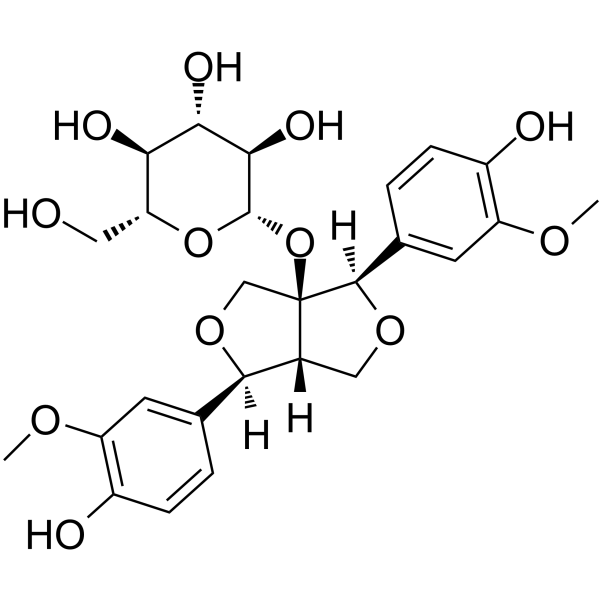
-Catechin Hydrate.gif)
-Usnic acid.gif)
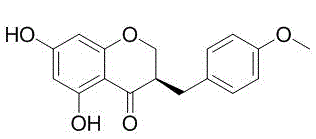
-Catechin.gif)
-3-phenylisoserine.gif)
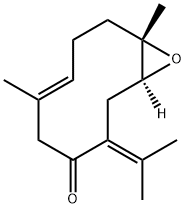
-Reticuline.gif)
-(+)-Ibuprofen D3.gif)
-SU4312.gif)
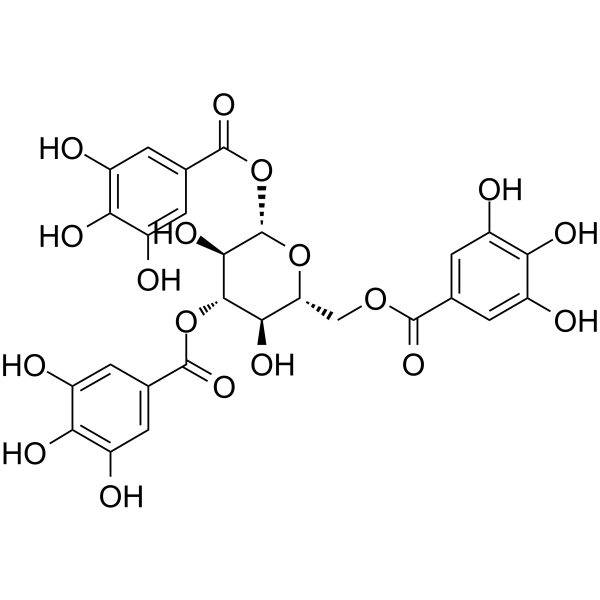
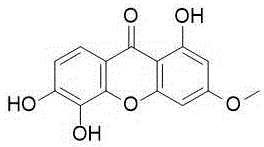
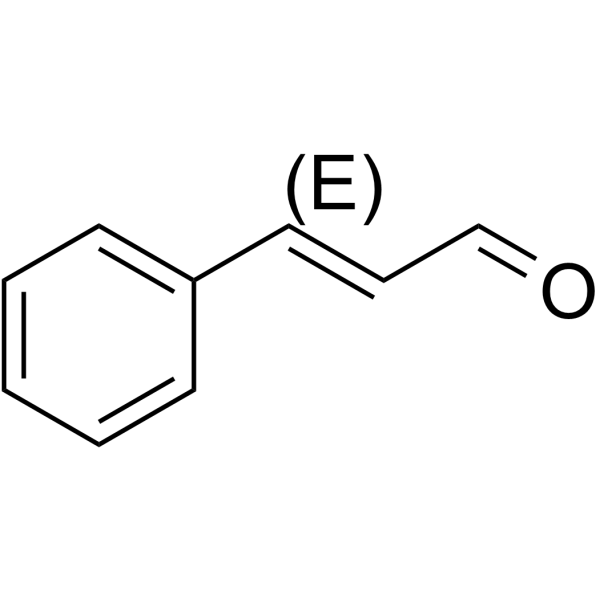
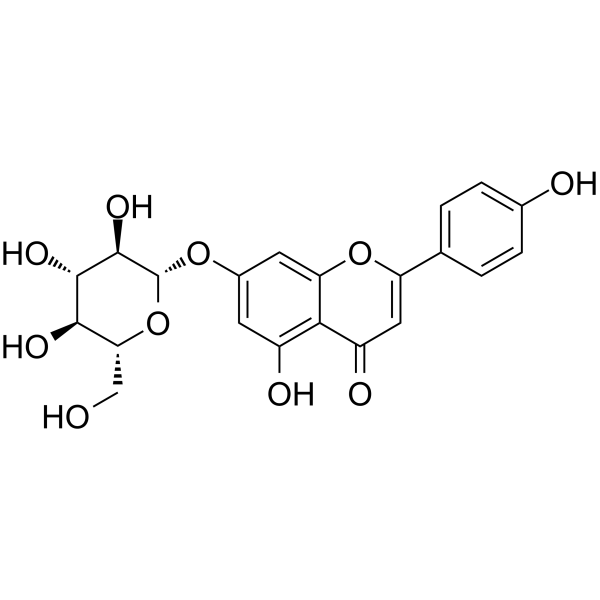
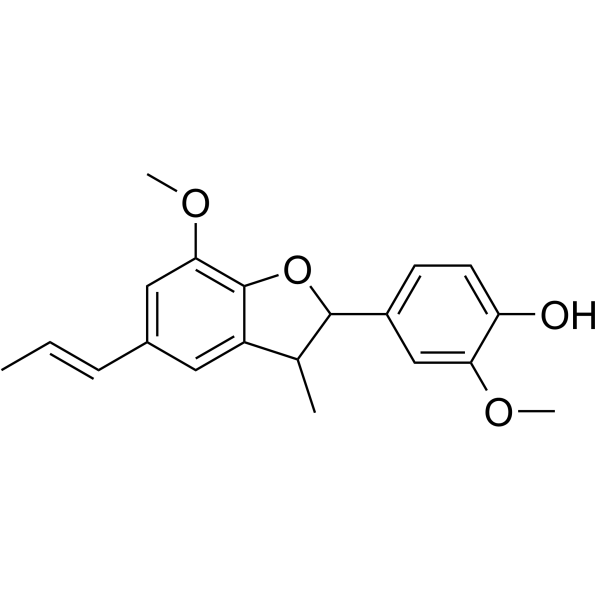
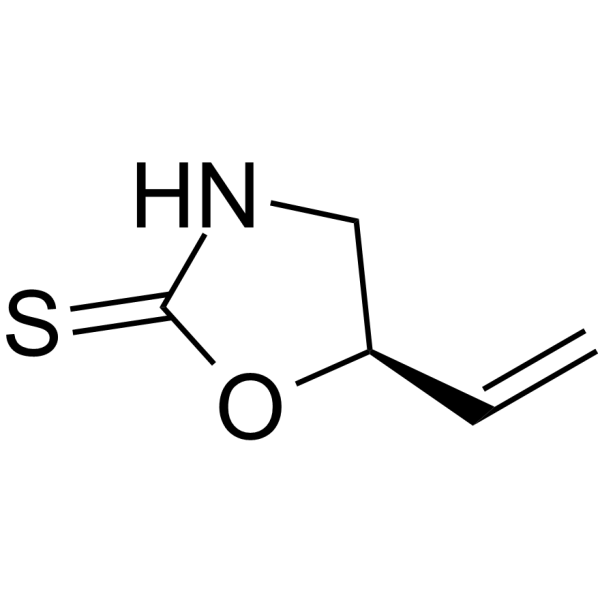
-Ethyl p-methoxycinnamate.gif)
